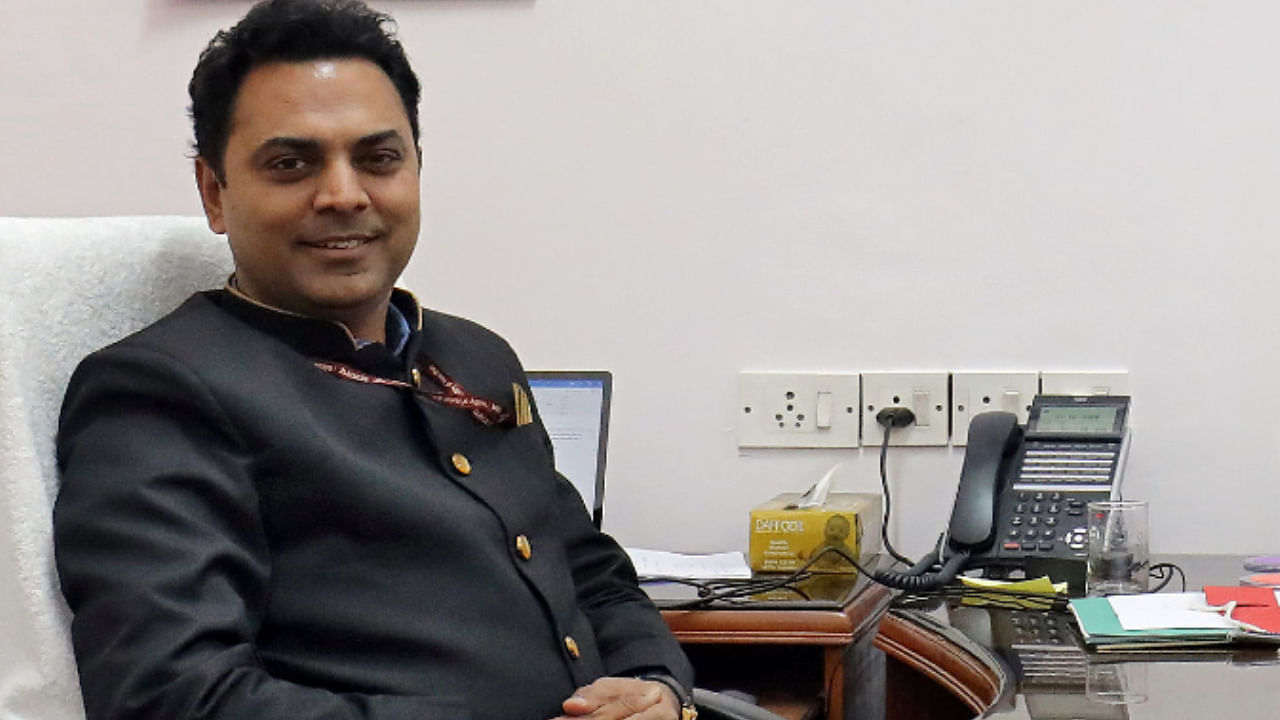
India is reaping the "lockdown dividend" from the preventive measures it adopted at the onset of the COVID-19 pandemic indicating its willingness to take short-term pain for long-term gain, said the Economic Survey tabled in Parliament on Friday.
The document also said despite the hard-hitting economic shock created by the global pandemic, India is witnessing a V-shaped recovery with a stable macroeconomic situation aided by a stable currency, comfortable current account, burgeoning forex reserves, and encouraging signs in the manufacturing sector output.
"India is reaping the 'lockdown dividend' from the brave, preventive measures adopted at the onset of the pandemic...," it said in the opening chapter titled 'Saving Lives and Livelihoods Amidst a Once-in-a-Century Crisis'.
Unlike Oscar Wilde’s cynic, 'who knows the price of everything and the value of nothing,' India’s policy response to the pandemic stemmed fundamentally from the humane principle advocated eloquently in the Mahabharata that 'Saving a life that is in jeopardy is the origin of dharma.'
"Therefore, the 'price' paid for temporary economic restrictions in the form of temporary GDP decline is dwarfed by the 'value' placed on human life," said the survey.
The document further said India recognised that while GDP growth will recover from the temporary shock caused by the pandemic, human lives that are lost cannot be brought back.
The response drew on epidemiological and economic research, especially those pertaining to the Spanish Flu, which highlighted that an early, intense lockdown provided a win-win strategy to save lives, and preserve livelihoods via economic recovery in the medium to long-term.
"To implement its strategy, India imposed the most stringent lockdown at the very onset of the pandemic. This enabled flattening of the pandemic curve and, thereby, provided the necessary time to ramp up the health and testing infrastructure," it said.
Faced with enormous uncertainty, India adopted a strategy of Bayesian updating to continually calibrate its response while gradually unlocking and easing economic activity.
As per the survey, India has transformed the short-term trade-off between lives and livelihoods into a win-win in the medium to long-term that saves both lives and livelihoods.
By estimating the natural number of cases and deaths expected across countries based on their population, population density, demographics, tests conducted, and the health infrastructure, the survey compare these estimates with actual numbers to show that India restricted the COVID-19 spread by 37 lakh cases and saved more than 1 lakh lives.
According to the document, Uttar Pradesh, Gujarat and Bihar have restricted the case spread the best; Kerala, Telangana and Andhra Pradesh have saved the most lives; Maharashtra has under-performed the most in restricting the spread of cases and in saving lives.
India was amongst the first of the countries that imposed a national lockdown when there were only 500 confirmed cases.
The stringent lockdown in India from March 25 to May 31 was necessitated by the need to break the chain of the spread of the pandemic.
The 40-day lockdown period was used to scale up the necessary medical and para-medical infrastructure for active surveillance, expanded testing, contact tracing, isolation and management of cases, and educating citizens about social distancing and masks, etc.
"The lockdown provided the necessary time to put in place the fundamentals of the '5 T' strategy - Test, Track, Trace, Treat, Technology," the survey said.
Also Read | Coronavirus Impact: Public spending on social sector increased in 2020-21, says Economic Survey
As the first step towards timely identification, prompt isolation and effective treatment, higher testing was recognised as the effective strategy to limit the spread of infection.
At the onset of the pandemic in January 2020, India did less than 100 COVID-19 tests per day at only one lab.
However, within a year, 10 lakh tests were being conducted per day at 2,305 laboratories. The country reached a cumulative testing of more than 17 crore in January, 2021.
The sharp decline in the number of days to add the next cumulative 1 crore tests show the dedicated efforts to expand the testing infrastructure. The requisite resources of PPEs, masks and sanitizers were also expanded at a fast pace, it said.